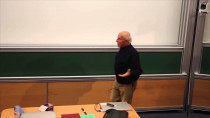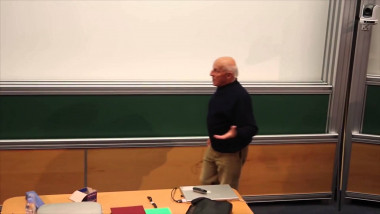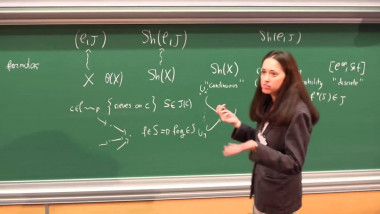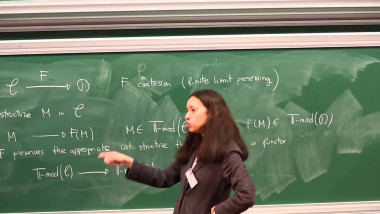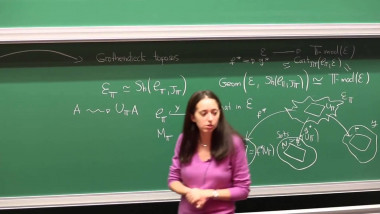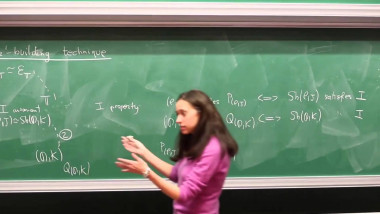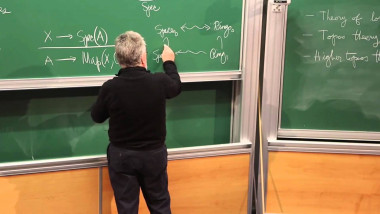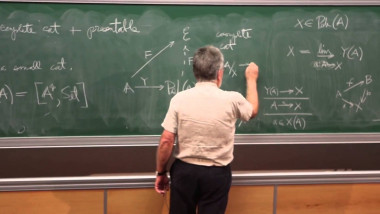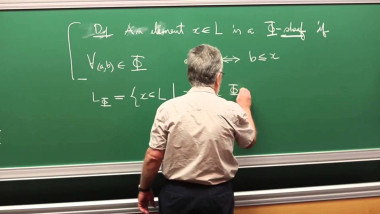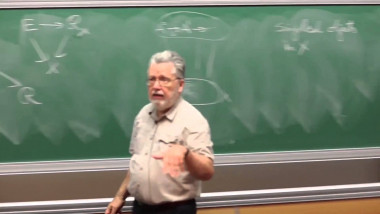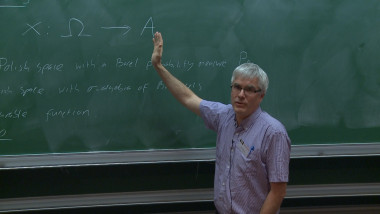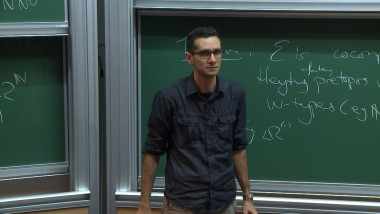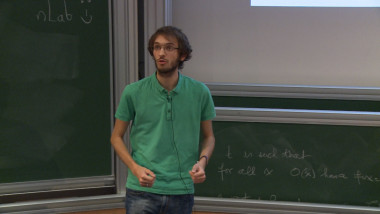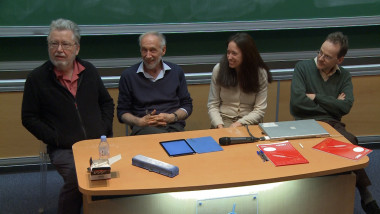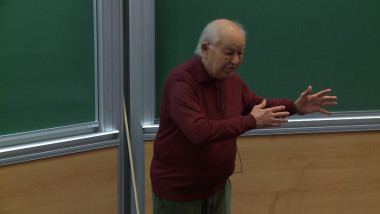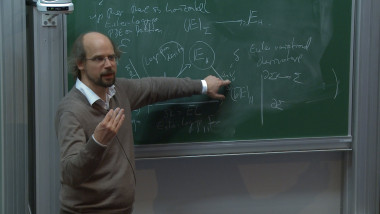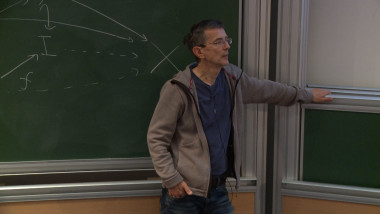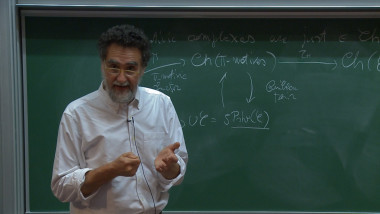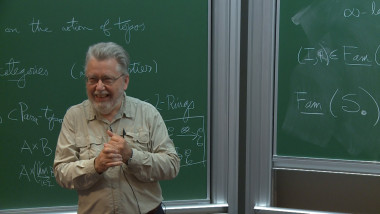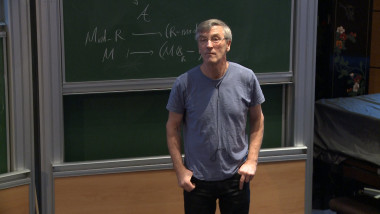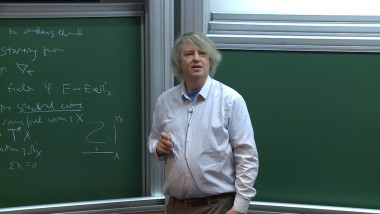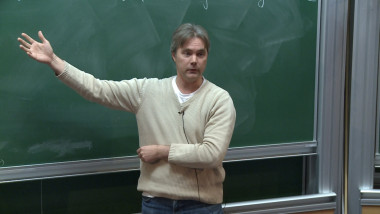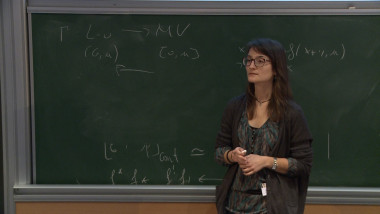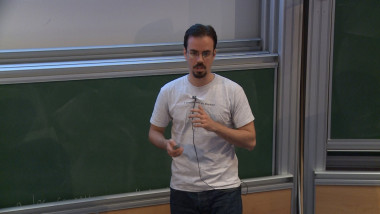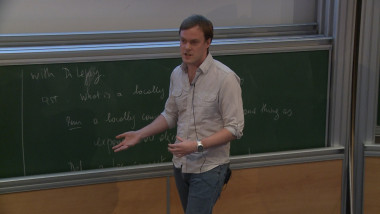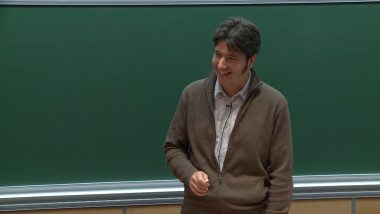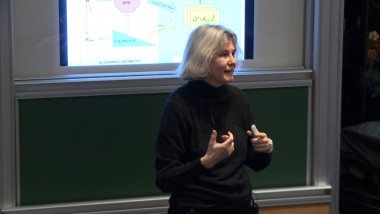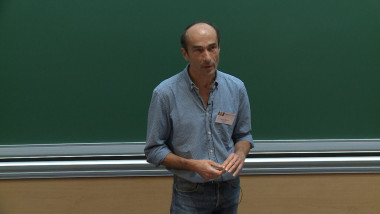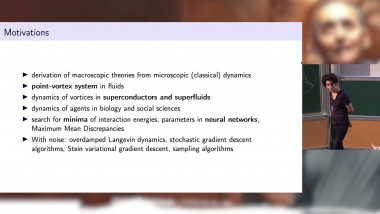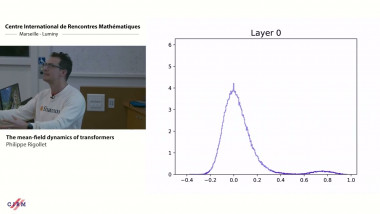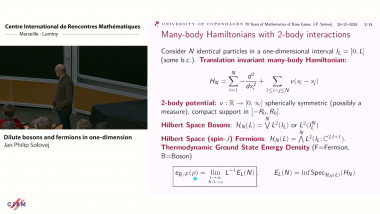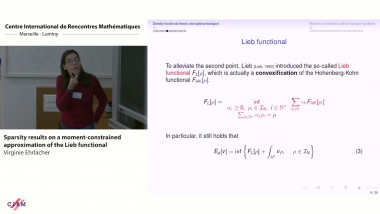Very, almost, and so on (when fragments of the language find their way into Topos Theory)
Among the countless possibilities provided by the human language, one of the most important is that it permits the expression and communication of coherent discourse of logical type. (here "logic" is meant in the most naïve manner, not in the formal versions familiar to mathematicians). This is obvious for example in philosophy or law, and many other domains. Such words as "very", "almost", "and so on", do have a logical flavor and one can easily imagine coherent argumentations using their "logical" aspect. The first two are somewhat similar to modalities axiomatized in various versions of formal modal logic. The last suggests a repetitive process, and an "embryo" of recursion. We shall first concentrate on "very", describe qualitatively some important properties it has in the usual language and show that any attempt to model these properties in a set theoretical context, or even in a Grothendieck topos will be too crude to capture faithfully all of them. But elementary toposes will suffice. (In fact we won't need all the strength of these toposes and they can be modeled in more general categories, but we won't insist on that aspect) Naïvely speaking, one feels there ought to be some relation between "very" and "almost". We shall show that they are adjoint. As usual, in a given context "very" can be defined without necessarily having an adjoint. For "and so on" we introduce the notion of "orbit" along an endomorphism in a topos, and describe some properties of these orbits (cycles, aciclicity, etc) and show that many properties proved for an NNO are true for any orbit, in particular they are exactly the monoïds with one generator and are preserved by the inverse images of geometric morphisms. As a result with"philosophical" flavor we shall show that, given an object X of a topos E equipped with an endomorphism t: X ->X, even if E does not have an NNO there is a monoid with one generator N(t) such that each orbit of t in X is a quotient of N(t). This is a weak form of existence of NNO, restricted to a single endomorphism.
We shall, of course, give precise mathematical definitions and results, but we shall try to explain the reasons, coming from the language, which motivated our interest in such definitions.











